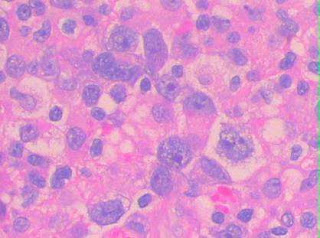Many people do not understand the polycystic kidney disease, once the disease, great harm, great harm to the kidneys. We should pay attention to the development of the disease. Reasonable medication and treatment. After the disease, the patient will feel the waist pain, there will be hematuria, the great harm. So, what is the method of polycystic kidney examination?
A family history
Patient friends, polycystic kidney disease is a family hereditary disease, heritability in 50%, the general male is greater than women, all families have the disease patients, then the family of people need to do an early check.
Second, the clinical manifestations
Polycystic kidney disease; Chronic renal failure symptoms. The cardiovascular system is characterized by high blood pressure, sometimes the first symptom.
Third, physical examination
How to check the polycystic kidney disease, the most simple way, the patient's regular physical examination, the patient can undergo physical examination side or bilateral kidney, was nodular. With tenderness when infected.
Fourth, auxiliary inspection
1, urine routine, early no abnormalities, in the late stage microscopic hematuria, some patients with proteinuria. With stones and infection with white blood cells and pus.
2, urine osmotic pressure determination. Early lesions only a few cysts, renal necrosis can be damaged performance, suggesting that the changes are not completely related to renal structural damage, may be associated with renal adverse diuretic hormone response. Decreased renal function decreased before glomerular filtration rate decreased.
3, serum creatinine with the loss of renal compensatory capacity was a progressive increase. Creatinine clearance is a more sensitive indicator.












